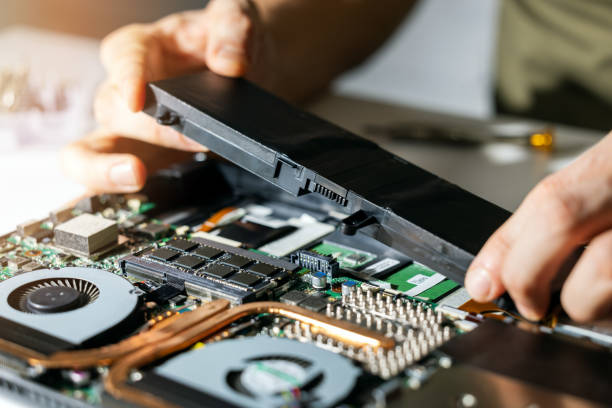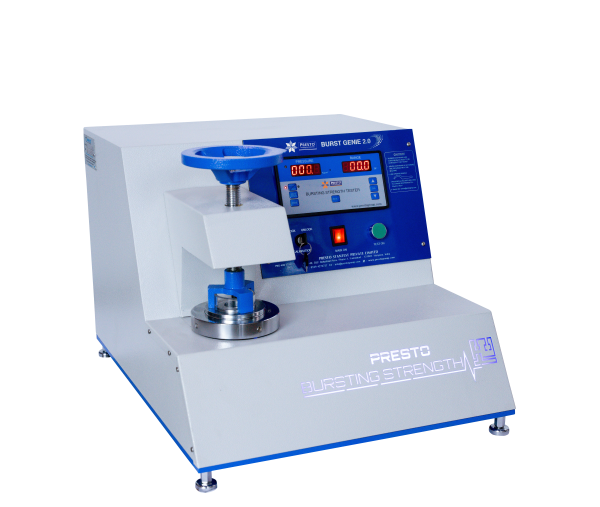In the realm of Internet of Things (IoT), where interconnected devices continuously exchange data, energy efficiency is paramount. Designing energy-efficient embedded systems for IoT devices is crucial not only for prolonging battery life but also for reducing environmental impact and operational costs. Embedded software development services are helpful in creating optimized firmware and software solutions that enable efficient utilization of resources, minimizing power consumption without compromising performance. This article explores the importance of energy efficiency in IoT devices and provides insights into designing embedded systems that optimize energy consumption.
Importance of Energy Efficiency in IoT Devices:
Energy efficiency is a critical consideration in IoT device design due to several reasons:
Prolonged Battery Life:
Many IoT devices are powered by batteries, making energy efficiency essential for prolonging battery life and minimizing the frequency of battery replacements. Efficient PCB design, including PCB layout services, plays a crucial role in optimizing energy consumption and maximizing battery life in IoT devices. By carefully designing the layout and components placement on the PCB, engineers can minimize power losses, reduce parasitic capacitance and resistance, and optimize signal integrity. These design considerations contribute to overall energy efficiency, ensuring that IoT devices operate reliably for extended periods on a single battery charge. Devices with longer battery life not only offer greater convenience to users but also reduce maintenance costs, making them more economical and sustainable in the long run.
Environmental Impact:
Energy-efficient IoT devices consume less power, leading to reduced energy consumption and lower carbon emissions. By minimizing energy usage, manufacturers can contribute to environmental sustainability and reduce their carbon footprint.
Operational Costs:
Energy-efficient devices consume less power, resulting in lower operational costs for businesses and consumers. Reduced energy consumption translates to lower electricity bills, making energy-efficient IoT devices more economical in the long run.
Design Strategies for Energy-Efficient Embedded Systems:
Several design strategies can be employed to enhance the energy efficiency of embedded systems in IoT devices:
Low-Power Components:
Selecting low-power components such as microcontrollers, sensors, and wireless modules is the first step towards designing energy-efficient embedded systems. Manufacturers should prioritize components that offer optimal performance while consuming minimal power during operation.
Power Management Techniques:
Implementing efficient power management techniques is essential for minimizing energy consumption in IoT devices. Techniques such as power gating, voltage scaling, and duty cycling enable devices to operate in low-power modes when idle or during periods of inactivity, thereby conserving energy.
Sleep Modes and Wake-Up Mechanisms:
Incorporating sleep modes and wake-up mechanisms allows IoT devices to enter low-power states when not in use. By strategically controlling device sleep and wake cycles, energy consumption can be significantly reduced without compromising performance or functionality.
Optimized Communication Protocols:
Choosing energy-efficient communication protocols such as Bluetooth Low Energy (BLE), Zigbee, or LoRaWAN can minimize the power consumption of IoT devices during data transmission. These protocols are designed to operate efficiently in resource-constrained environments, ensuring minimal energy usage.
Data Compression and Aggregation:
Implementing data compression and aggregation techniques can reduce the amount of data transmitted by IoT devices, resulting in lower energy consumption. By compressing data before transmission and aggregating multiple data packets, devices can conserve energy and optimize bandwidth usage.
Efficient Software Design:
Optimizing software algorithms and code efficiency is crucial for minimizing energy consumption in embedded systems. Developers should focus on writing lean and efficient code that maximizes performance while minimizing power usage.
Environmental Awareness:
Incorporating environmental awareness features such as light sensors, motion detectors, and ambient temperature sensors enables IoT devices to adapt their behavior based on environmental conditions. By intelligently adjusting device operation in response to environmental cues, energy consumption can be optimized.
Benefits of Energy-Efficient Embedded Systems:
Designing energy-efficient embedded systems offers numerous benefits for IoT device manufacturers, businesses, and consumers:
Extended Battery Life:
Energy-efficient embedded systems result in longer battery life, enhancing the usability and convenience of IoT devices.
Reduced Environmental Impact:
By minimizing energy consumption, energy-efficient IoT devices contribute to environmental sustainability and help reduce carbon emissions.
Lower Operational Costs:
Energy-efficient devices translate to lower operational costs for businesses and consumers, leading to savings on electricity bills and maintenance expenses.
Enhanced Reliability:
Energy-efficient embedded systems are less prone to battery depletion and power-related issues, resulting in more reliable and consistent device performance.
Improved User Experience:
Devices with longer battery life and lower energy consumption offer a better user experience, leading to higher customer satisfaction and loyalty.
In conclusion, designing energy-efficient embedded systems is essential for optimizing the performance, longevity, and environmental sustainability of IoT devices. By implementing design strategies such as selecting low-power components, implementing efficient power management techniques, and optimizing communication protocols, manufacturers can create IoT devices that deliver superior energy efficiency and enhanced functionality. Leveraging embedded Linux development services further enhances this endeavor, as it enables the creation of streamlined and optimized software solutions tailored specifically for IoT devices. With a focus on energy efficiency, IoT device manufacturers can meet the growing demand for sustainable and eco-friendly technology solutions in today’s interconnected world.



